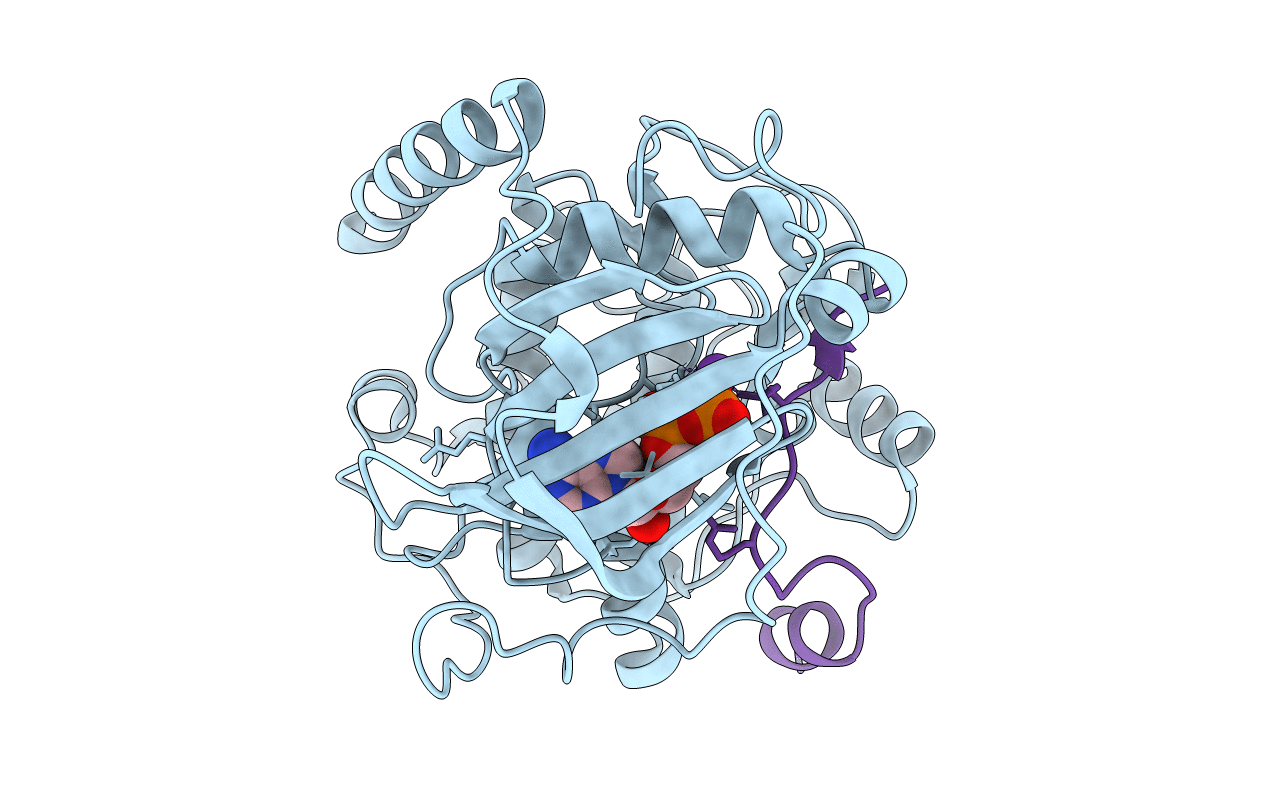
Deposition Date
2012-12-07
Release Date
2013-12-11
Last Version Date
2024-11-20
Entry Detail
PDB ID:
4IB1
Keywords:
Title:
Structure of cAMP dependent protein kinase A in complex with high K+ concentration, ADP and phosphorylated peptide pSP20
Biological Source:
Source Organism:
Mus musculus (Taxon ID: 10090)
Homo sapiens (Taxon ID: 9606)
Homo sapiens (Taxon ID: 9606)
Host Organism:
Method Details:
Experimental Method:
Resolution:
1.63 Å
R-Value Free:
0.22
R-Value Work:
0.19
R-Value Observed:
0.19
Space Group:
P 21 21 21


